Cash is rapidly disappearing from personal transactions across Asia, giving way to QR codes and other mobile payment technologies.
Cash is predicted to account for just 14% of all transactions by 2027, down from 47% in 2019, according to payments processor Worldpay.
Efforts to promote domestic digital payments and reduce the dominance of Western credit card brands also helped speed up the transition.
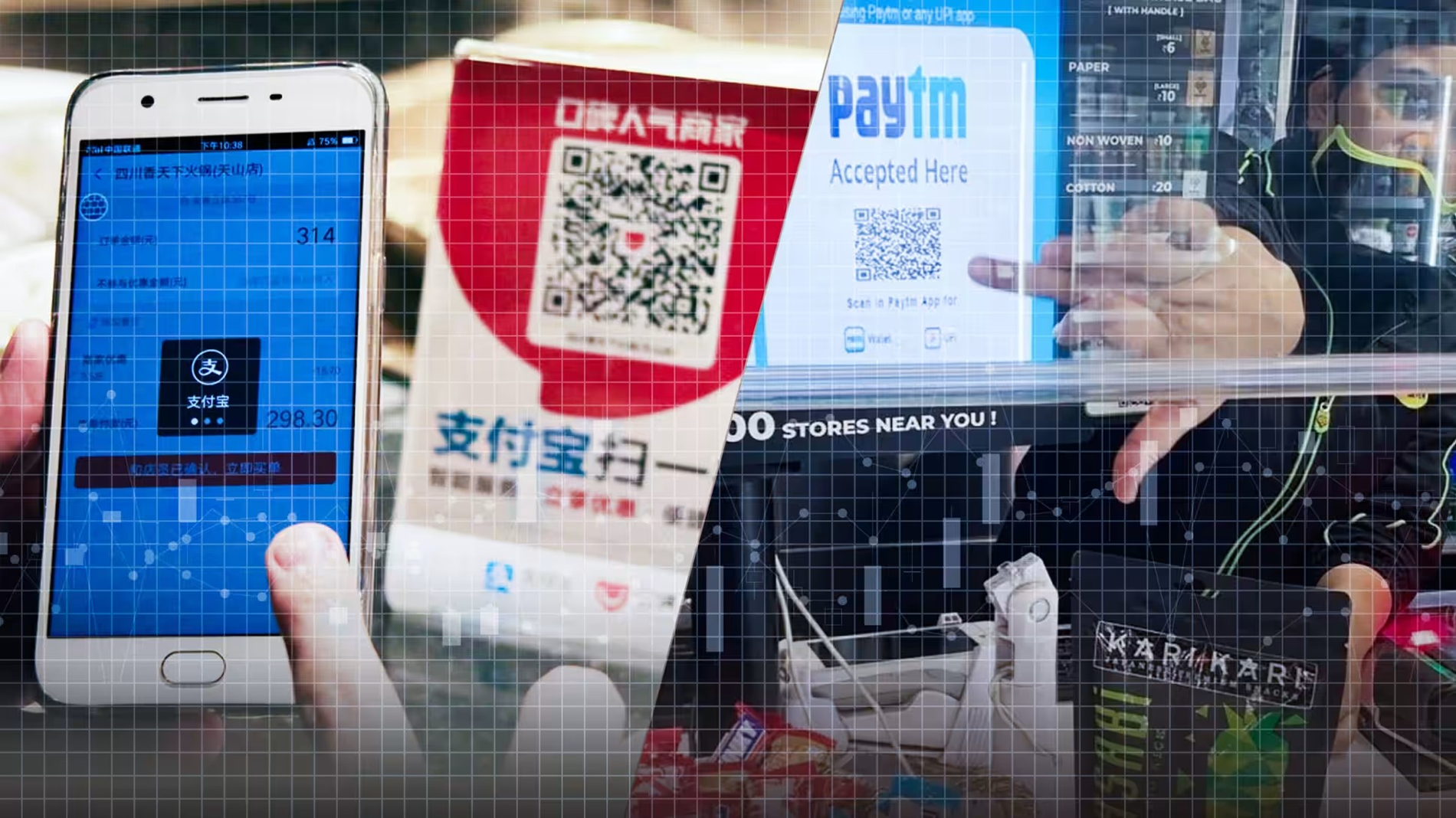
In Mumbai, India, tech drivers typically deliver goods and essentials within 10 minutes, with the entire transaction done on a smartphone.
Many services are even discouraging cash. The value of cash transactions is expected to fall from 71% in 2019 to 10% in 2027, according to Worldpay.
In 2016, the Indian government in collaboration with financial institutions introduced the UPI mobile payment system, which allows users to make real-time payments.
The system is available across delivery services and other businesses. More than 131 billion transactions will be made through UPI by 2023, according to PwC India.
In mainland China, where more than 1 billion people use Alipay and other digital payment apps, the share of cash transactions is expected to fall to below 3% by 2027.
Douglas Feagin, president of Ant International, which operates Alipay outside China, said the company plans to expand its merchant network in Asia and other markets. The number of overseas stores accepting Alipay has exceeded 10 million.
The trend towards going cashless is growing rapidly in Asia. The proportion of cash transactions in 14 countries and territories is predicted to fall to 14% in 2017.
Consulting firm Capgemini predicts there will be about 1.46 trillion cashless transactions in Asia- Pacific by 2028, more than four times that of North America, where credit cards are popular.
The growing popularity of smartphones is also driving this trend. Cashless payments were slow to take off in Southeast Asia, a region that has less credit card usage than the US and Europe, but smartphones have changed that.
With just a phone number and some personal information, transactions become easier, helping people go cashless.
Globally, smartphone payments in stores are expected to reach 46% by 2027, more than double that of credit card payments.
Nationalism is another factor accelerating the move toward cashless payments in Asia. China and India are promoting their own payment networks, challenging international credit card brands such as Visa and Mastercard, which charge fees on each transaction and collect data from both cardholders and merchants.
In Southeast Asia, countries are actively adopting QR code payments. Users of Thailand's PromptPay and Singapore's PayNow can now transfer money between the two countries.
Research is underway to create a regional cross-border real-time payment system, independent of foreign payment networks.
(According to Nikkei)
Source: https://vietnamnet.vn/thanh-toan-tien-mat-bien-mat-nhanh-chong-tai-chau-a-2367888.html






![[Photo] General Secretary To Lam and National Assembly Chairman Tran Thanh Man attend the 80th Anniversary of the Traditional Day of the Vietnamese Inspection Sector](https://vphoto.vietnam.vn/thumb/1200x675/vietnam/resource/IMAGE/2025/11/17/1763356362984_a2-bnd-7940-3561-jpg.webp)

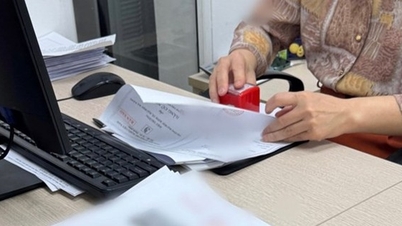















































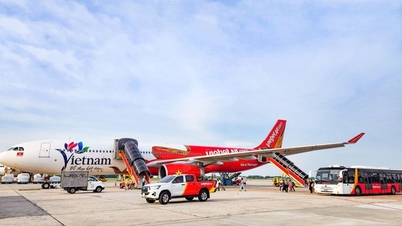








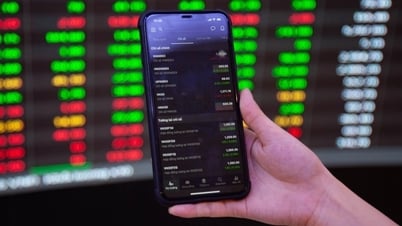




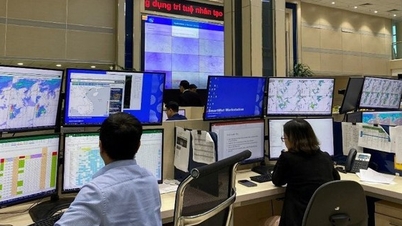




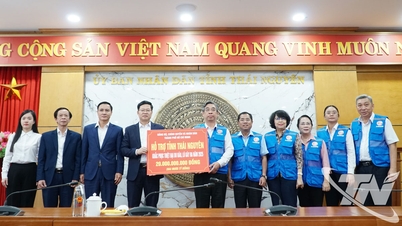























Comment (0)